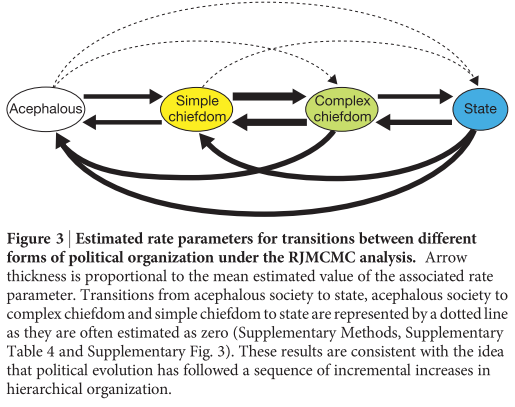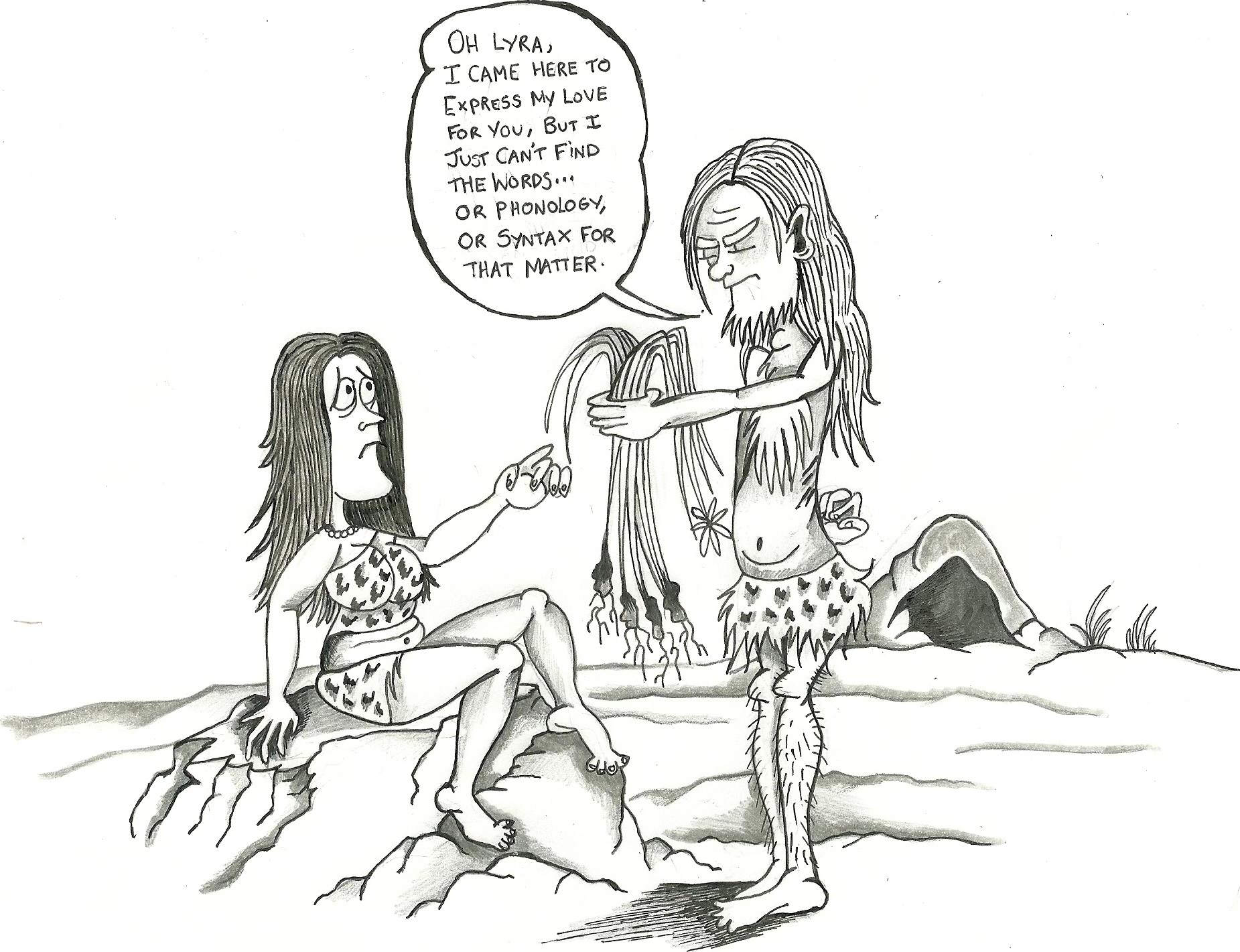There’s an often cited gap in tool making history in which humans did not advance from simple Oldowan tools (which date back to about 2.5 million years ago) until about 500,000 years ago when progress became much faster. There is much debate as to whether this gap in progress is the result of the cognitive abilities to make more innovative tools or if it was an issue of dexterity.
A recent article by Faisal et al. (2010) “The Manipulative Complexity of Lower Paleolithic Stone Toolmaking” has tried to address these problems by assessing the manipulative complexity of tool making tasks from the Oldowan tools to the more advanced hand axes from much later.
The following is taken from a press release from Eureka.org:
Researchers used computer modelling and tiny sensors embedded in gloves to assess the complex hand skills that early humans needed in order to make two types of tools during the Lower Palaeolithic period, which began around 2.5 million years ago. The cross-disciplinary team, involving researchers from Imperial College London, employed a craftsperson called a flintnapper to faithfully replicate ancient tool-making techniques.
The team say that comparing the manufacturing techniques used for both Stone Age tools provides evidence of how the human brain and human behaviour evolved during the Lower Palaeolithic period.
The flintnapper who participated in today’s study created two types tools including the razor-sharp flakes and hand-held axes. He wore a data glove with sensors enmeshed into its fabric to record hand and arm movements during the production of these tools.
After analysing this data, the researchers discovered that both flake and hand-held axe manufacturing techniques were equally complex, requiring the same kind of hand and arm dexterity. This enabled the scientists to rule out motor skills as the principal factor for holding up stone tool development.
The team deduced from their results that the axe-tool required a high level of brain processing.
This has implications for language evolution as brain scans from tool makers have shown significant overlap with areas involved in discourse-level language processing as well as complex hand gestures. The study finishes with the following:
…the anatomical overlap of Late Acheulean toolmaking and right hemisphere linguistic processing may reflect the flexible “mapping” of diverse overt behaviors onto shared functional substrates in the brain. This implies that: 1) selection acting on either language or toolmaking abilities could have indirectly favored elaboration of neural substrates important for the other, and 2) archaeological evidence of Paleolithic toolmaking can provide evidence for the presence of cognitive capacities also important to the modern human faculty for language.
Read the original article at PLoS ONE:
http://www.plosone.org/article/info:doi/10.1371/journal.pone.0013718


